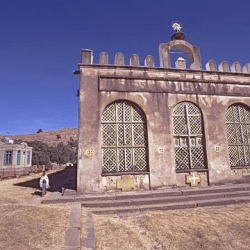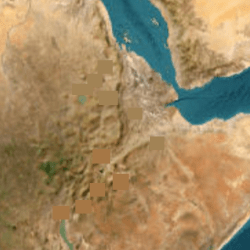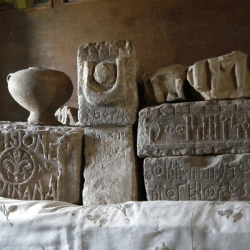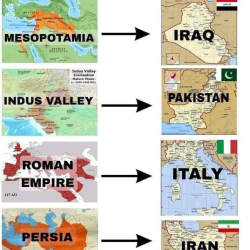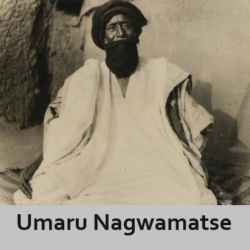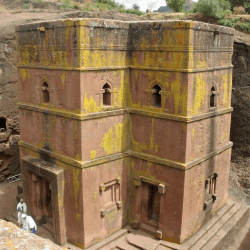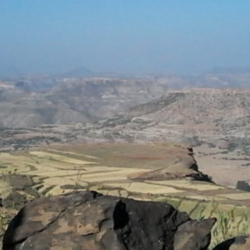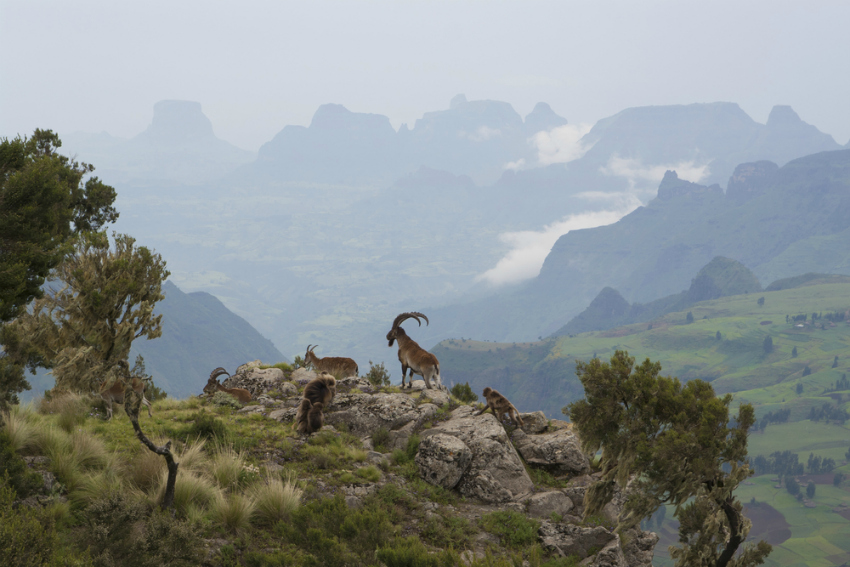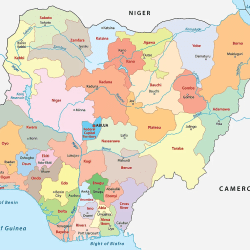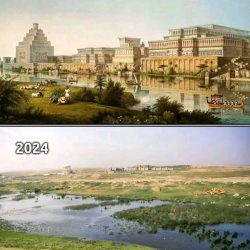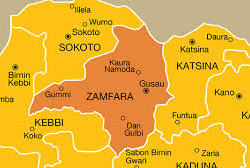The Aksumite Empire (Kingdom of Axum or simply Aksum) is one of the past great empires that once flourished largely. It rose to become a powerful trading nation.
Situated in present-day Eritrea and northern Ethiopia, this ancient civilization thrived from the 1st to the 8th century AD, extending its influence up to Yemen and Sudan.
The origins of the Aksumite Empire date back to around the 1st century AD when Semitic-speaking people known as the Ge’ez migrated from southern Arabia and settled in the Horn of Africa.
They established the Kingdom of D’mt that laid the foundations for the rise of Aksum.
The Aksumite civilization emerged in the 4th century BC.
It peaked around 4th to 7th centuries AD.
Economy
The strategic location of the Aksumite Empire at the crossroads of Africa, Arabia, and the Mediterranean allowed it to thrive as a center of trade.
It was pivotal in exchanging goods, ideas, and culture between the Roman Empire, India, and Arabia. The empire’s economy was based on agriculture, with crops such as wheat, barley, and teff as staples and the export of valuable items such as ivory, gold, and frankincense.
Aksum’s international trade was facilitated by minting of its currency, which included gold, silver, and bronze coins.
These coins, adorned with the effigy of the reigning king, were a testament to the empire’s wealth and power and significantly contributed to its economic success.
Religion and Culture
The Aksumite Empire was characterized by its religious diversity, with various faiths such as Judaism, Christianity, and indigenous beliefs coexisting peacefully. However, in the 4th century AD, under King Ezana, Christianity was declared the empire’s official religion. This began a long-lasting alliance with the Byzantine Empire, further elevated Aksum’s world status.
The Ge’ez script, an ancient writing system still used in Ethiopia and Eritrea today, was developed during the Aksumite period. The hand was employed in various religious and secular texts, including the famous stele and massive stone obelisks that served as monuments and tombstones for Aksumite royalty. The largest of these, the Obelisk of Aksum, still stands today as a witness to the empire’s architectural prowess.
Legacy
The decline of the Aksumite Empire began in the 7th century AD due to various factors, including internal strife, economic fall, and the rise of Islam in the Arabian Peninsula. As a result, the empire gradually lost its grip on trade routes. It was ultimately reduced to a small kingdom centered around modern-day Ethiopia.
However, the legacy of the Aksumite Empire endures in the modern world. Its contributions to art, architecture, religion, and trade have left an indelible footprint on the history of Africa and the world. The empire’s influence on Ethiopian culture and identity is particularly notable with the Ethiopian Orthodox Church tracing its origins back to the Aksumite period.
The Aksumite Empire is a shining example of a powerful and sophisticated African
Ethiopia
The Federal Democratic Republic of Ethiopia is an African country.
It shares borders with Eritrea to the north, Djibouti to the northeast, Somalia to the east and southeast, Kenya to the south, South Sudan to the west, and Sudan to the northwest.
Addis Ababa is the capital and largest city.

Languages: Amharic, Oromo, Somali, Tigrigna, Afar …
Currency: Ethiopian Birr
Dialing code: +251
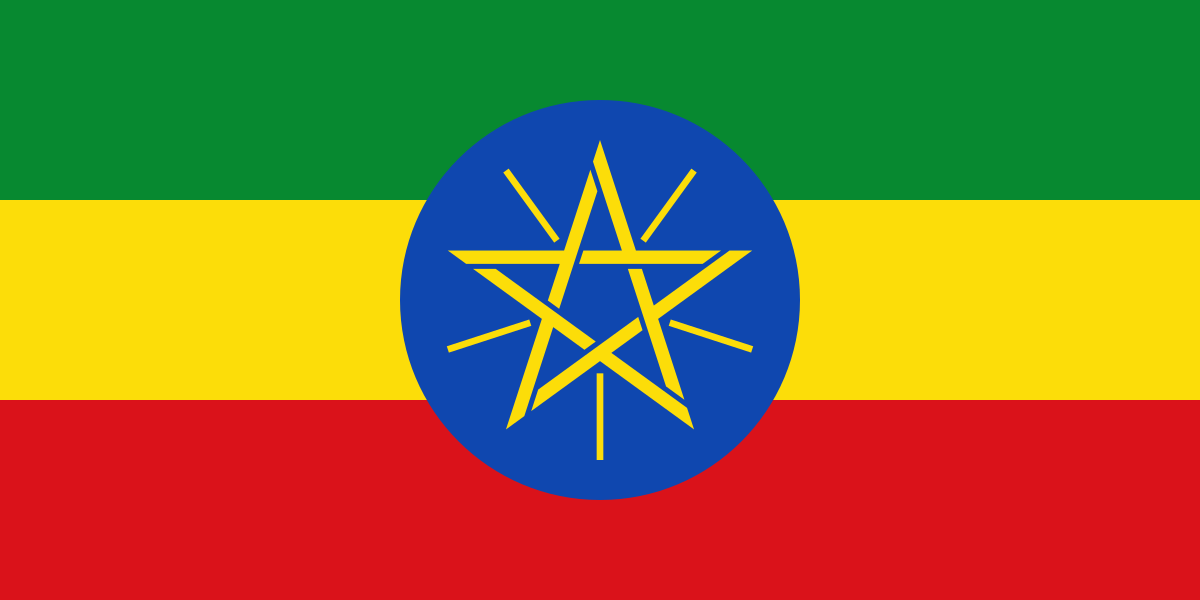
As of 2023 the country’s population was 107,334,000, making it the 13 most populated country in the world and 2 most populated in Africa after Nigeria.
It covers a land area of 1,112,000 square kilometres (472,000 sq. miles).

Ethiopia is multi-ethnic with over 80 different ethnic groups. Oromo and Amhara are the country’s two largest ethnic groups.
Christianity is the most widely professed faith in the country. The country has some adherents of Islam and other faiths.
Regions
Ethiopia is administratively divided into four levels: regions, zones, woredas (districts) and kebele (wards).
The first level administrative division in Ethiopia is a region, also called kilil, or alternatively regional state.
The 1995 Constitution of Ethiopia established the regions based on ethno-linguistic territories.
The country comprises 11 regions and two city administrations under these regions, many zones, woredas and neighbourhood administration: kebeles.
Previously, this level was called a province, and though many of the old province and new region names are the same, the entities are not identical and the words region and province are not interchangeable. As of 2022 there were eleven regions.
The regions and their capitals in Ethiopia are as follows:
- Addis Ababa (City) …. Addis Ababa
- Afar Region … Semera
- Amhara Region … Bahir Dar
- Benishangul-Gumuz Region … Asosa
- Dire Dawa (City) … Dire Dawa
- Gambela Region … Gambela
- Harari Region … Harar
- Oromia Region … Addis Ababa
- Sidama Region … Hawassa
- Somali Region … Jijiga
- South West Ethiopia Peoples’ Region … Bonga
- Southern Nations, Nationalities, and Peoples’ Region … Hawassa
- Tigray Region … Mek’ele
Zones
Regions are subdivided into zones. The number of zones varies, but most regions have around six to twelve zones.
The largest region Oromia has over 20 zones, and the two smallest regions have none.
There are some cities which are set up as “special zones”, such as Bahir Dar Special Zone in the Amhara Region.
The earlier equivalent to a zone was called an awrajja, and many zones today are named the same as their earlier awrajja, but the terms zone and awrajja are not interchangeable.
Woredas
Zones are divided into woredas (districts). In Ethiopia, the woredas comprise three main organs: a council, an executive and a judicial.
The Woreda Council is the highest government organ of the district, which is made up of directly elected representatives from each kebele in the woredas.
The representative of the people in each kebele is accountable to their electorate.
Kebele
Woredas are divided into kebele, municipalities. Each kebele comprises around 20 smaller villages.
Kebele is the smallest administrative division. This is sometimes also called tabia or tabiya. They are at the neighbourhood level and are the primary contact for most citizens living in Ethiopia. Their administrative unit consists of an elected council, a cabinet (executive committee), a social court and the development and security staff. Kebeles are accountable to their woreda councils and are typically responsible for providing basic education, primary health care, agriculture, water, and rural roads.
civilization that, despite its decline, left an enduring legacy.
